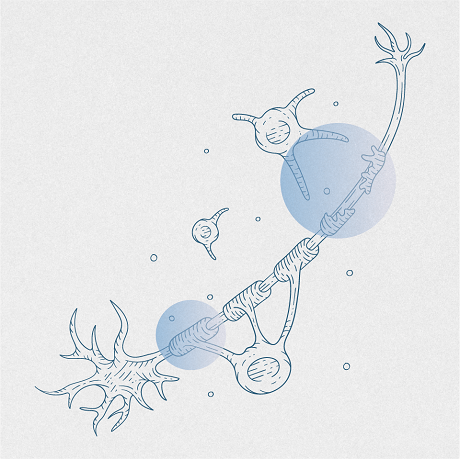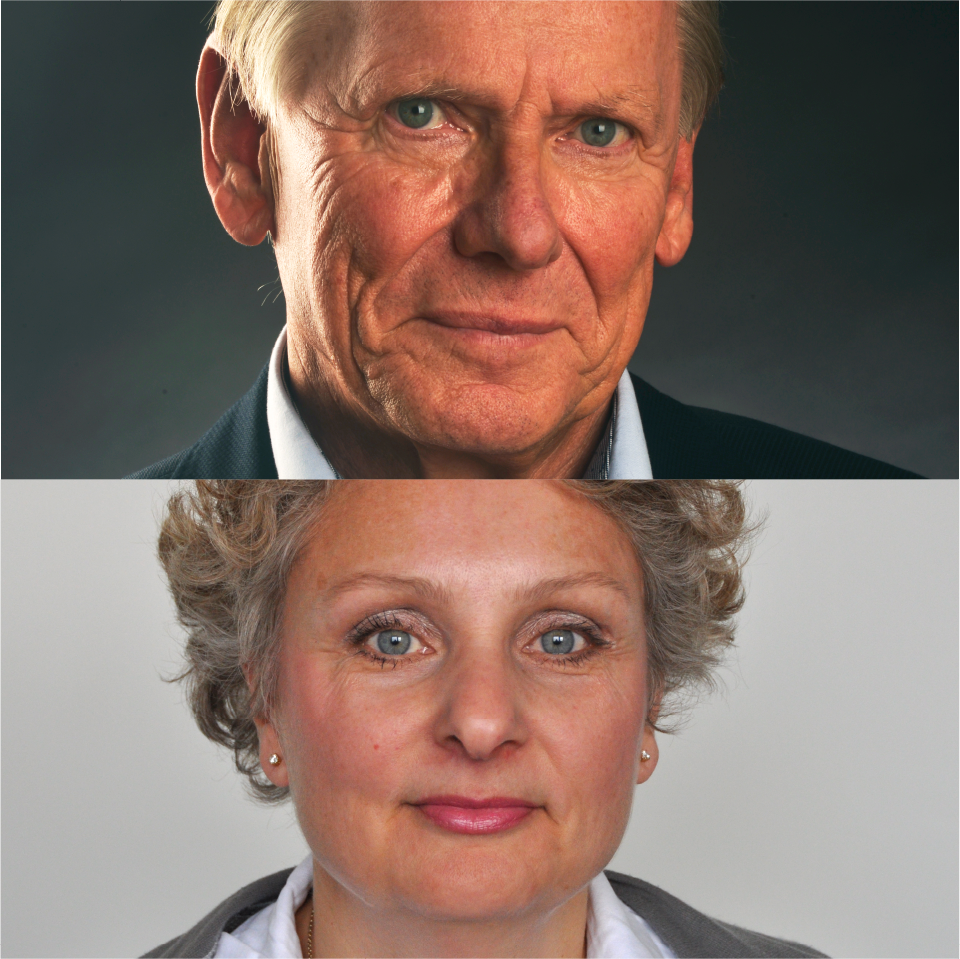
Potential targets for remyelination in MS: Understanding the aging process
Demyelination of nerve cells in the central nervous system (CNS) is a pathological hallmark of multiple sclerosis (MS).1 Remyelination can restore neuronal function, and its induction is an active area of investigation as a potential mechanism for clinical recovery and therapy, especially for progressive forms of MS for which current therapies are relatively ineffective.2 At MSVirtual2020, the 8th Joint ACTRIMS-ECTRIMS Meeting held 9–13 September 2020, Professor Robin Franklin (Wellcome Trust-MRC Cambridge Stem Cell Institute, University of Cambridge, UK) spoke about recent advancements in understanding remyelination in the context of the aging process.
Promoting remyelination as a therapeutic approach in MS
Prof. Franklin explained that remyelination is a default biological response following demyelination, and can come from two sources: newly generated oligodendrocytes, or oligodendrocytes that survived in the area of demyelination. Though the latter source is less well understood in his opinion, he stated that generation of new oligodendrocytes is relatively well defined as glial cells that originate from the critical and abundant oligodendrocyte progenitor cell (OPC) population in the CNS. Because the efficiency of remyelination declines with progression of MS, efforts to enhance remyelination—in addition to inhibiting demyelination—is a major focus in current MS research, according to Prof. Franklin. Many potential therapeutics that enhance the differentiation of OPCs are currently in clinical trials and have recently been summarized.3
Caloric restriction enhances remyelination in aged OPCs
When considering the key question of why remyelination declines through MS disease progression, Prof. Franklin hypothesized that the biological process of aging may be a large contributor. In a recently published study from his laboratory, OPCs from older rats were less responsive to inducers of differentiation compared with those from younger rats.4 When they then used caloric restriction—"one of the most profound methods to reverse the effects of aging” (according to Prof. Franklin) in aged rats—they found a dramatic increase in remyelination in rats fed with restricted calories compared with rats on a standard caloric intake.4 Moreover, treatment of aged rats with metformin, an approved and well-known calorie restriction mimetic, phenocopied this effect, significantly enhancing remyelination.4 Metformin also rendered aged OPCs responsive to inducers of differentiation.4 Prof. Franklin stressed that this suggests that at least in part, aging is a targetable key biological process affecting remyelination.
We very firmly believe that the successful generation of small molecular enhancers of remyelination will depend on a deep understanding of the biology of aging progenitor cells, and this understanding will open up a whole plethora of intriguing and valuable targets to counter the progression of MS.
Piezo1 as a potential new target to enhance remyelination
In a separate study, Prof. Franklin’s laboratory asked why the properties of OPCs change as a function of aging—whether it is intrinsic to the cells or due to their environment. Remarkably, when aged OPCs were transplanted into the neonatal rat brain, Prof. Franklin stated that “impairment of proliferation and differentiation was completely reversed, implying that the decline in function associated with aging may be more due to changes in the environmental niche rather than the aging cells themselves.” To test if age-related stiffening of the brain contributes to this effect, Prof. Franklin exposed young and older rat OPCs to the extracellular matrices (ECMs) of the converse.5 In fact, he confirmed that the OPCs “acquired properties of the age of their environment, not their age of origin.”
Prof. Franklin stated that these results were replicated in inert acrylamide gels that mimicked brain stiffness, suggesting that mechanical cues alone may regenerate the potential of aged OPCs. This led the group to focus on Piezo1, a mechanosensitive protein expressed on the surfaces of aged OPCs.5 When Piezo1 expression was knocked down, aged OPCs were rejuvenated both in tissue culture and in vivo in mice.5 Prof. Franklin noted that Piezo1 represents a novel and important target for the future of MS therapies.
Understanding the aging process to tackle MS therapy
In his concluding remarks, Prof. Franklin emphasized that while the efficiency of remyelination declines with aging, experimental evidence has suggested that age effects can be reversible. He stressed that increasing our understanding of the biological process of aging is—and will be—a valuable approach, especially for countering the transition from relapsing-remitting MS to secondary progressive MS.
Filippi M, Bar-Or A, Piehl F, et al. Multiple sclerosis. Nature Reviews Disease Primers 2018;4(1):1–27.
Harlow DE, Honce JM, Miravalle AA. Remyelination Therapy in Multiple Sclerosis. Front Neurol [Internet] 2015 [cited 2020 Sep 14];6. Available from: https://www.ncbi.nlm.nih.gov/pmc/articles/PMC4674562/
Lubetzki C, Zalc B, Williams A, Stadelmann C, Stankoff B. Remyelination in multiple sclerosis: from basic science to clinical translation. The Lancet Neurology 2020;19(8):678–88.
Neumann B, Baror R, Zhao C, et al. Metformin Restores CNS Remyelination Capacity by Rejuvenating Aged Stem Cells. Cell Stem Cell 2019;25(4):473-485.e8.
Segel M, Neumann B, Hill MFE, et al. Niche stiffness underlies the ageing of central nervous system progenitor cells. Nature 2019;573(7772):130–4.



